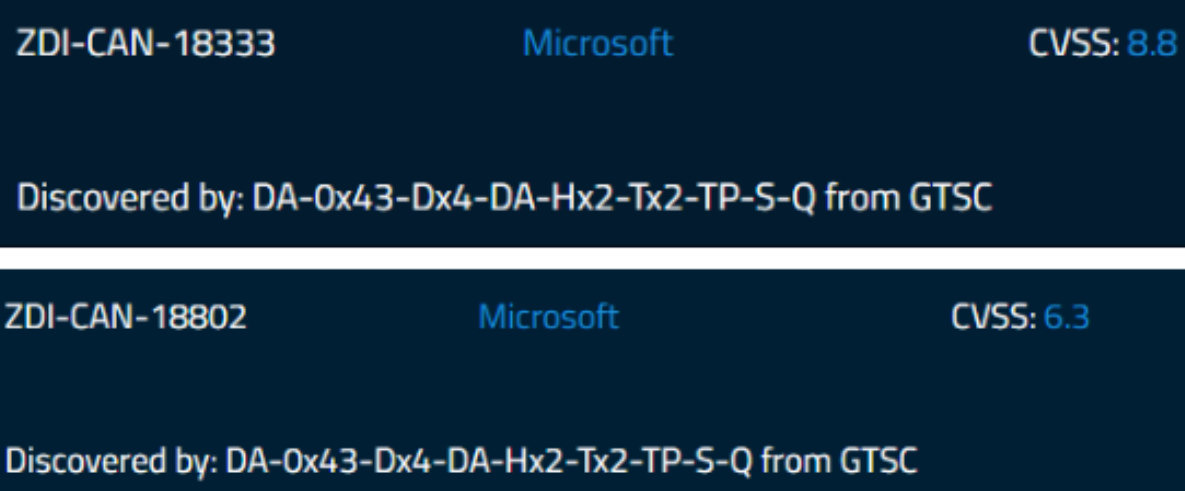New zero-day bugs existing in Microsoft Exchange that are not disclosed yet publicly are being exploited by the threat actors in order to perform remote code execution on affected systems.
These attacks are first spotted by security experts at Vietnamese cybersecurity outfit GTSC during a routine security checkup. Microsoft was notified privately three weeks ago of the security vulnerabilities by the researchers through their Zero Day Initiative program.
On compromised servers, the hackers deployed Chinese Chopper web shells by combining two zero-day vulnerabilities. While they deploy the malicious Chinese Chopper web shells for three primary illicit goals:-
- To gain persistence
- Data theft
- Move laterally to other systems


Apart from this, it has been presumed based on the code page of the web shells, the attack is being carried out by a Chinese threat group.
Webshell
In this case, the web shells are installed by Antsword’s user agent. With Web Shell management support, Antsword is an open-source website admin tool that is developed in Chinese.
It is still unclear what Microsoft has done about the two security flaws so far since the company has not yet assigned a CVE ID to any of them to ensure their tracking.
The researchers reported the security vulnerabilities to Microsoft privately three weeks ago through the Zero Day Initiative.
A very limited amount of information has been released about these zero-day flaws by GTSC. However, they did reveal that the attacks that targeted the ProxyShell flaws and the requests used in this exploit chain are completely identical.
Exploit stages
Two stages are involved in the exploit in order to work:-
- In IIS logs, exploit requests with the same format as the ProxyShell vulnerability have been detected:
autodiscover/[email protected]/&Email=autodiscover/autodiscover.json%[email protected]
- It is possible to implement RCE in the backend with the help of the link above which can be operated to access an element in the backend.
Detection
Consequently, GTSC has released guidelines and a tool that can be used to look up IIS log files. This tool can be used to determine if this bug has exploited any Exchange servers or not.
- First of all, you have to use the Powershell command:
Get-ChildItem -Recurse -Path -Filter “*.log” | Select-String -Pattern ‘powershell.*autodiscover.json.*@.*200
- Secondly use the tool developed by GTSC that can be downloaded from here.
Cyber Attack with Zero Trust Networking – Download Free E-Book
Source: gbhackers.com










